
Honda Jazz Hatchback (2008-2015) review
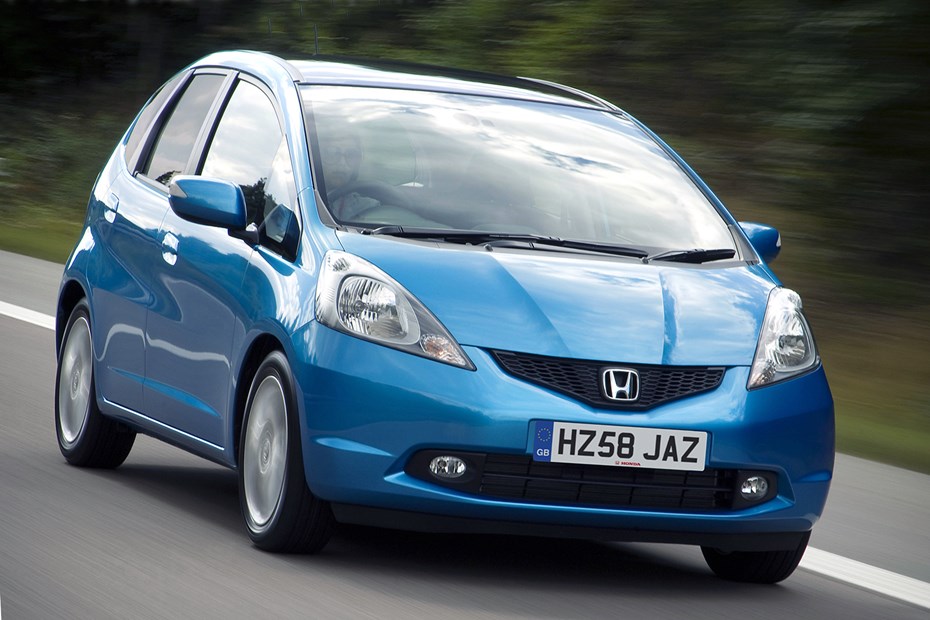
At a glance
| Price new | £10,245 - £20,245 |
|---|---|
| Used prices | £931 - £7,790 |
| Road tax cost | £20 - £165 |
| Insurance group | 13 - 19 |
Get an insurance quote with

|
|
| Fuel economy | Not tested to latest standards |
| Range | 462 - 546 miles |
| Number of doors | 5 |
| View full specs for a specific version | |
Available fuel types
Petrol
Hybrid
Pros & cons
- Even more spacious and practical than before
- Excellent comfort
- Easy to drive
- Dashboard trim looks like it's from a much cheaper car
Honda Jazz (08-15) rivals
Overview
The second generation of Honda Jazz was launched in 2008 and sung from exactly the same copybook as its predecessor – it aimed to offer top-tier ease of use, unparalleled practicality in a small car, and brilliant reliability. By and large, it managed those three things, and the latter in particular makes it an excellent used buy today.
Though more expensive than rival superminis at launch, the used market has evened things out, and there are numerous Mk2 Jazz models available for everything from a few hundred quid to several thousand pounds. Truly straddling size classes means the Jazz rivals both superminis and larger cars, but vehicles offering a similar blend of practicality and pragmatism include the Renault Modus, Mazda2 or Nissan Note.
Honda Jazz Mk2 known faults and common problems
A reputation for being exclusively driven by pensioners isn’t totally unfounded – the average age of a Jazz owner is about seven years older than the average driver in the UK – but this often means they’ve been carefully owned and well looked-after.
However, any car with extreme low mileage should be treated as carefully as one with high mileage, as this way can often lie spotty service records. And as with any car that’s spent most of its life in town, you should keep a careful eye out for tatty edges such as kerbed alloys or car park dings.
Buying guide
Common issues, and what to look for if you’re looking at getting one
1. LEAKY BOOT
It’s not uncommon for boot seals to fail, allowing water to leak through and pool in the underfloor storage compartment. A new seal is a cheap and easy fix but look carefully and make sure the water hasn’t had any negative effects while it’s been standing.
2. SCRATCHY PLASTICS
Honda skipped the craze for soft-touch materials with the Mk2 Jazz. The plastics used in the cabin aren’t exactly hardwearing, and are very prone to scratches or scuffs from clothing or jewellery.
3. YOU’RE TYRED
The Jazz can have various issues with tyres. They often perish quickly or wear unevenly, which can be a sign of poor alignment. Unusual sizing on certain models also pushes up the cost of replacement, or makes it more difficult to source the brand of tyre you want. No Jazz came with a spare wheel as standard, but you can order one and keep it under the boot floor.
4. PREVIOUS OWNERSHIP
Unlike traditional superminis such as Fiestas or Polos, there’s very little chance that a prospective Mk2 Jazz counts an aggressive teenage racer as its previous owner. A reputation for being owned by pensioners makes it staggeringly uncool. But old people can damage a car as much as young people – look out for kerbing that may have affected alignment, dings and dents from careless or poor parking, or over-worn clutches. And check maintenance has been adhered to, as very low-mileage cars may have had this neglected.
5. AUTOMATED MANUAL TRANSMISSION
From 2009-2011 Honda offered an automatic transmission for the Jazz. Badged ‘i-shift’ it was an automated manual rather than a proper auto and as such was clunky, slow and unpleasant – and not without its share of problems either. 2011 brought a facelift and a much improved CVT transmission replaced the i-shift. The Jazz is still at its best with the slick manual gearbox though. However…
6. NOISY MANUALS
Manuals can be noisy, sometimes necessitating replacement transmission bearings. By now, though, the Mk2 Jazz is old enough that any failure should have made itself known if it was going to happen. Regardless, schedule in a transmission oil change every few years if you’re concerned.
7. POINTLESS HYBRID
From 2011 Honda also offered a Jazz Hybrid. It was Honda’s IMA (integrated motor assist) paired to a CVT transmission and was what we’d call a mild hybrid today with limited capacity for all-electric motoring. It was no more powerful, and only slightly more efficient than the existing 1.4 petrol, and at the time didn’t dip below 100g/km of CO2 to qualify for free road tax.
8. CHECK FOR RECALLS
Most Jazz models were affected by the Takata airbag, so ensure that has been carried out. Apart from that, the Mk2 Jazz had a few recalls. A couple of brake-related ailments relating to the fitting of pipes, as well as a larger recall where 136,000 cars were brought in to have their headlights checked due to incorrectly fitted wiring harnesses. Check that any prospective purchases have had relevant recall work carried out.
9. EASY-TO-ACCESS CAT
Though not as popular as some models for this (the Toyota Prius is particularly vulnerable) the Honda Jazz can be targeted by criminals for catalytic converter theft. Devices are available to protect from this and could be a good investment if you live in an area where it’s epidemic.
10. MAGIC SEATS
The remarkable ‘Magic’ seats are vulnerable to misuse – if they’re creaky or rattly it’s probably because they’ve been slammed up and down too hard, or sat on without their retaining bar properly engaged.
What models and trims can you buy?
Engines offered started with a 1.2-litre petrol, which was breathless on the motorway but fine for town and local work. Most are better suited by the 1.4-litre engine though, which makes for a much more relaxed experience. Both are at their best with the manual gearbox, though if you need an automatic go for the post-2011 CVT rather than anything badged i-shift.
Base model ‘S’ cars miss out on air-conditioning and alloy wheels, but one rung up the ladder the SE has both. You’ll need to go further up still for standard electronic stability control, though – to the ES, which also has electric rear windows.
Top-spec EX cars have proper climate control and a panoramic sunroof. Leather upholstery was an option on this model. Standalone hybrid trim levels sit above even the EX and get leather as standard. There’s also a ‘sporty’ Si trim – this doesn’t get any additional power, but does look good with its 16-inch alloy wheels, sporty front grille and rear spoiler.
Over the next few pages, we’ll review each aspect of the Mk2 Honda Jazz, taking into account its practicality, comfort, fuel economy and performance. If you’re short on time, you can also skip to our verdict page to see if we recommend the Jazz Mk2 as a good used car.




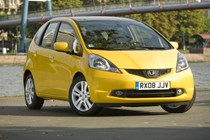



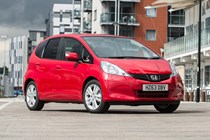
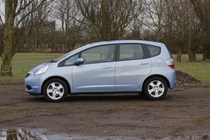


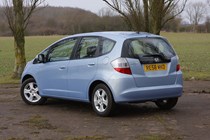

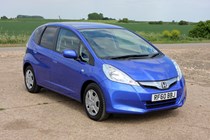
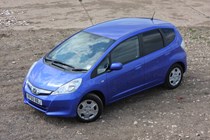
.jpg)
.jpg)
.jpg)
.jpg)
.jpg)
.jpg)








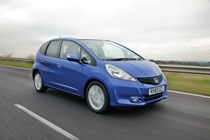


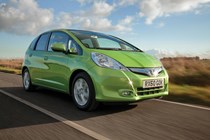



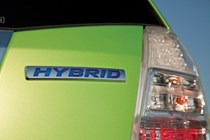

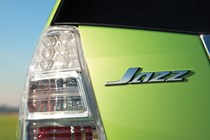


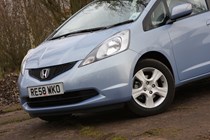

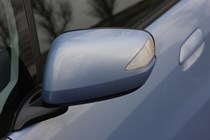
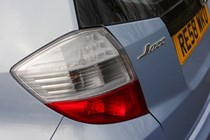
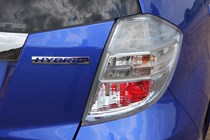

.jpg)
.jpg)
.jpg)
.jpg)
.jpg)
.jpg)
.jpg)



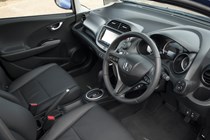

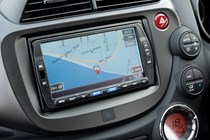
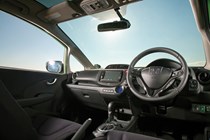

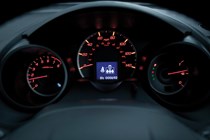
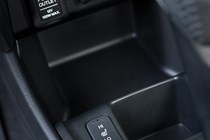
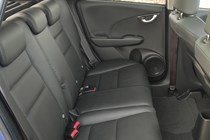

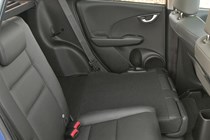
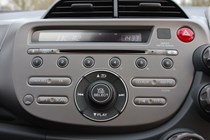
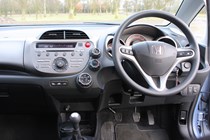
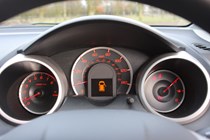
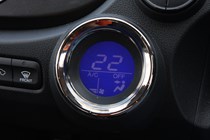

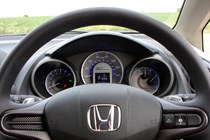

.jpg)
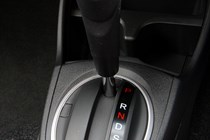
.jpg)
.jpg)
.jpg)
.jpg)
.jpg)
.jpg)
.jpg)
.jpg)




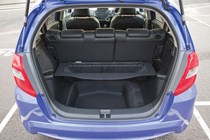

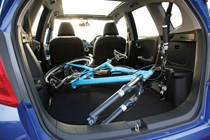
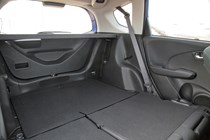
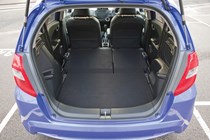
.jpg)
.jpg)


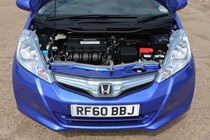
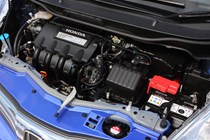
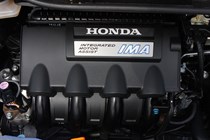
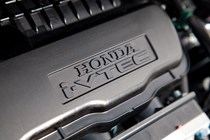
.jpg)
.jpg)
.jpg)
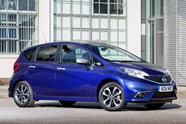
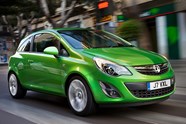
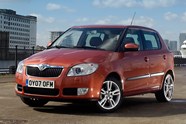
















.jpg?quality=50)
.jpg?quality=50)
.jpg?quality=50)
.jpg?quality=50)
.jpg?quality=50)
.jpg?quality=50)


























.jpg?quality=50)
.jpg?quality=50)
.jpg?quality=50)
.jpg?quality=50)
.jpg?quality=50)
.jpg?quality=50)
.jpg?quality=50)




















.jpg?quality=50)

.jpg?quality=50)
.jpg?quality=50)
.jpg?quality=50)
.jpg?quality=50)
.jpg?quality=50)
.jpg?quality=50)
.jpg?quality=50)
.jpg?quality=50)









.jpg?quality=50)
.jpg?quality=50)






.jpg?quality=50)
.jpg?quality=50)
.jpg?quality=50)